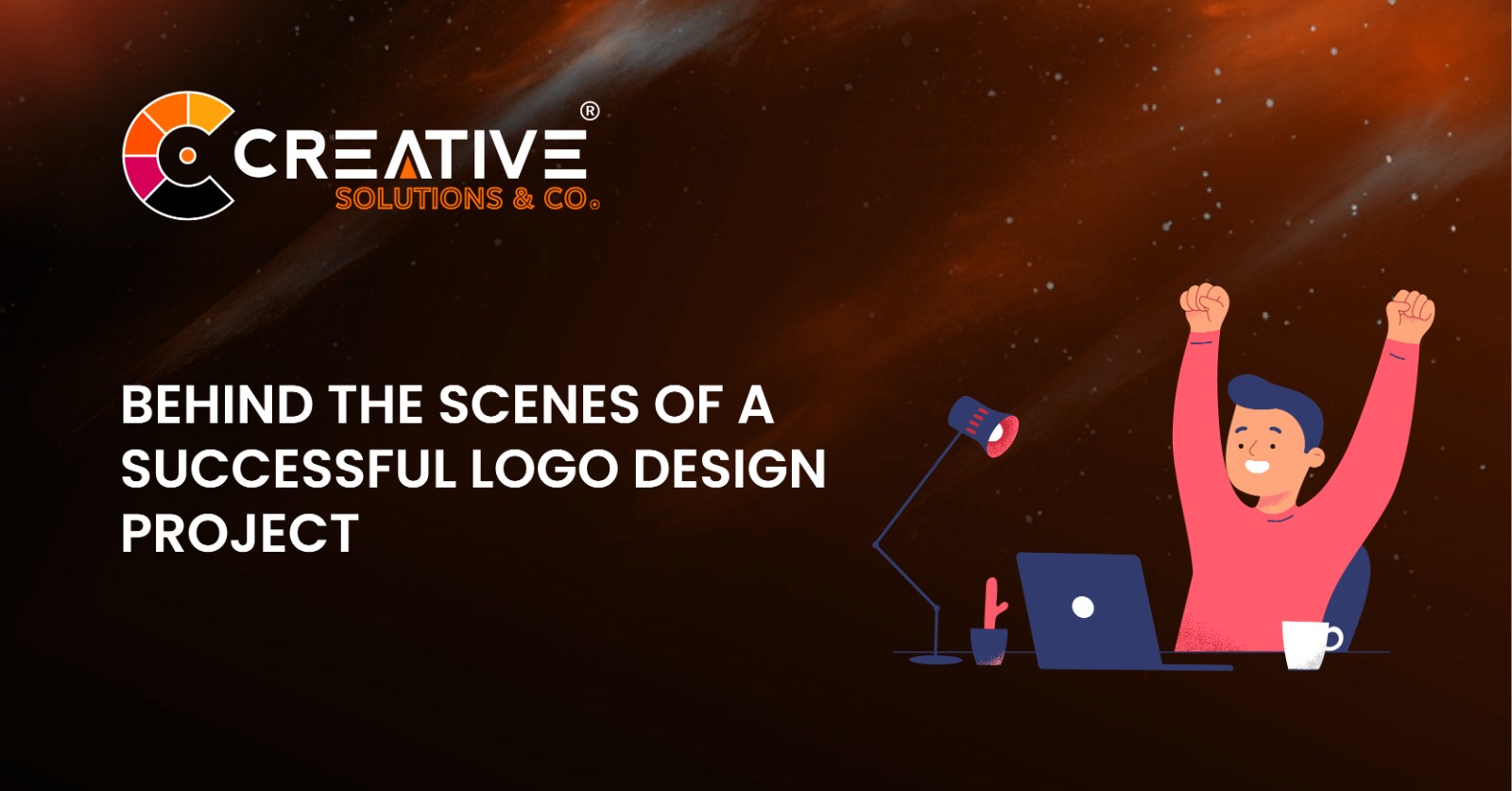Gradients have become a cornerstone of contemporary visual aesthetics, adding depth, vibrancy, and sophistication to digital and print media. If you’ve ever wondered how to use gradients in modern designs, you’re not alone.
These smooth color transitions are not just visually appealing but also incredibly versatile, capable of transforming flat visuals into dynamic masterpieces. Whether you’re crafting a sleek website, designing a striking logo, or creating attention-grabbing posters, gradients offer endless possibilities.
In this article, we’ll explore the art of using gradients effectively, ensuring your designs stand out while staying on-trend.
How to Use Gradients in Modern Designs [Step-By-Step]
Understanding Gradients
Gradients are smooth transitions between two or more colors. They’re a fantastic way to add dimension and movement to an otherwise static design.
Types of Gradients
- Linear Gradients: Transition colors in a straight line.
- Radial Gradients: Spread colors outward from a central point.
- Angular Gradients: Rotate colors around a central point like a pie chart.
Why Gradients are Trending Again
Remember when flat design dominated the early 2010s? While sleek, it lacked the depth that gradients bring. Gradients offer a fresh way to make designs dynamic without overwhelming the viewer. They evoke emotion and enhance user experience, often subtly guiding the viewer’s eye across the design.
Types of Gradients in Design
Linear Gradients
Linear gradients are a go-to for many designers due to their simplicity and versatility. Whether creating button hover effects or stunning website headers, linear gradients offer a clean and professional look.
Radial Gradients
Radial gradients radiate from a focal point, making them perfect for highlighting key elements or adding a 3D effect to your designs.
Angular Gradients
Angular gradients, though less common, add a unique twist by transitioning colors in a circular motion. These are great for abstract art or unconventional branding.
Tools for Creating Gradients
Creating gradients has never been easier. Tools like Adobe Photoshop, Illustrator, and Figma come equipped with gradient features. For quick inspiration, try online generators like CSS Gradient, UI Gradients, or Coolors.
Best Practices for Using Gradients
- Balance Your Palette: Stick to two or three complementary colors to avoid clashing.
- Focus on Readability: Gradients can overwhelm text. Use contrast to ensure your message stands out.
- Experiment with Opacity: Transparent gradients create a soft, elegant effect.
Applications of Gradients in Design
Web Design
Gradients are everywhere on the web, from sleek buttons to engaging landing page backgrounds. They can make your website feel more interactive.
Branding and Logos
Big brands like Instagram and Asana use gradients to exude energy and creativity. Gradients make logos more memorable and versatile.
Print Media
Posters, flyers, and magazines benefit greatly from gradient usage, grabbing attention even at a glance.
Combining Gradients with Other Design Elements
Gradients aren’t a solo act. Pair them with textures for a tactile feel or layer them with illustrations to tell a visual story. Experimentation is key to unlocking their full potential.
Common Mistakes to Avoid
- Overcomplicating: Too many colors can confuse rather than captivate.
- Ignoring Accessibility: Ensure your gradients don’t hinder readability, especially for visually impaired users.
- Neglecting Simplicity: Sometimes, less is more.
Case Studies
- Instagram: Their iconic gradient logo transformed their branding, making it instantly recognizable.
- Spotify Wrapped: The gradient-rich visuals have become a yearly highlight for users.
The Future of Gradients in Design
With the rise of AI and machine learning, expect gradients to evolve further. Dynamic gradients that change based on user interaction or time of day are on the horizon.
Conclusion
Gradients are more than just a trend—they’re a timeless tool for creating captivating, impactful designs. Whether you’re a seasoned designer or just starting, experimenting with gradients can unlock new levels of creativity.
FAQs About How to Use Gradients in Modern Designs
- What is the difference between linear and radial gradients?
Linear gradients transition in a straight line, while radial gradients spread out from a central point. - Can gradients be used in minimalist designs?
Absolutely! Subtle gradients add depth without overwhelming simplicity. - How do gradients affect user experience?
Gradients guide the user’s eye and evoke emotions, enhancing engagement. - Which industries benefit most from gradient designs?
Tech, fashion, and creative industries often use gradients to appear innovative and vibrant. - Are there any accessibility concerns with gradients?
Yes, always ensure text and elements remain readable against gradient backgrounds.







